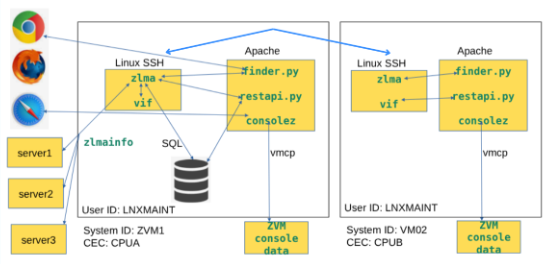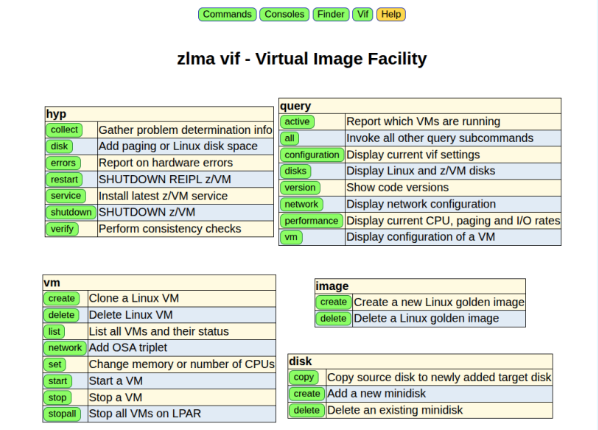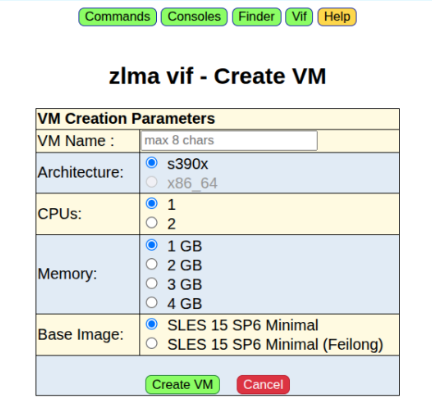Hello there! I’m Paras Chawla, a BCA graduate with a passion for computers, Linux, and all things open source. Ever since I watched the Mr. Robot series, I’ve shifted from Windows to Linux. I like to play with computer parts, opening laptops, and poking around with the operating systems on machines.
This is the final blog post for the Open Mainframe Project Mentorship 2025 and it is the final part of ‘The Legend of ZLMA’. Hearing ZLMA for the first time? Check out the first part of the story here and I bet you might be missing a few things. You can also explore the repo here.
So let’s dive into mainframes and ZLMA.
The ZLMA Project: A Quick Overview
So we are here to explore the LFX mentorship 2025 project called ‘z/VM and Linux Modern Administration’ aka ZLMA. It is one of the most prestigious programs a developer would dream of being part of and luckily this summer I got a chance to work with z/VM and Mainframe computers. Here I worked with the legendary people working on mainframes for a long time and there was a lot to learn from them during my journey. Let’s jump into technical stuff.
Key Concepts Explained
- Mainframes are enterprise level machines built by IBM which works on s390x architecture. You can watch a 360 tour of the mainframe here.
- z/VM is a hypervisor for mainframes which lets us virtualize multiple linux servers.
- LPAR on IBM mainframes are like a single bare metal server. The mainframe can be carved into multiple LPARs where z/VM or an OSes like Linux can run.
- ZLMA (z/VM and Linux Modern Administration, pronounced ‘zelma’)—a new piece of free software that enables Linux servers running under z/VM to be managed in a more modern fashion—largely through a browser. It’s a web-based interface that interacts with Feilong REST APIs to perform operations.
- VIF (Virtual Image Facility): Collections of operations like create, configure, start, stop, and monitor Linux VMs from the browser.

Fig 1 : Architecture of ZLMA
Goals & Achievements
First we had these three goals as our major checkout point.
- Creating a virtual machine and cloning Linux
- Adding CPUs
- Changing the memory
We not only completed these three goals but also a number of other operations in VIF.

Fig 2 : VIF operations
Things we have completed :
- Successfully create , delete and change CPU’s and memory of servers on the query.
- Get all active servers running as VMs running in the z/VM hypervisor
- Start and stop all servers from the web browser.
- Create a single source of servers – Find where you can manage your servers at one place edit meta data from browser
- Provide the whole metrics of the server like disk space, network , performance and vm directory definitions.
Although we have made huge amounts of progress, still there is a long way ahead.
Some quick looks of ZLMA :

Fig 3 : VIF vm create

Fig 4 : Finder Search

Fig 5 : VIF vm set
Navigating Challenges
No journey is without its challenges and there are always ups and downs through the way. So I would also like to share some challenges we faced.
- No s390x hardware : the first major blocker was that we didn’t have the mainframe hardware and without that everything was impossible but thanks to Converge Technology Solutions for providing the s390x hardware at the right time.
- third-level Linux : We got the hardware, but the server was a 3rd-level Linux means Hardware -> z/VM hypervisor level 1 -> z/VM hypervisor level 2 -> level 3 ubuntu server. It was incredibly slow, like even a single query takes 1 to 1.5 minutes to execute. Still, this was better than having no hardware and it played a major role in our journey. I would still miss logging into the server 🙂.
- No IP’s for created servers : yes we were able to create linux servers but they didnt have internet and we were not able to ssh into them. For a long time it was our major roadblock for us. But then one of the mentors told us that there is another protocol called IUCV that can get your work done. And guess what it worked and made possible to execute bash commands.
- Linux start took 5 mins : As I told we were on 3rd level linux so technically we were creating 3rd level servers. And after creation they took a lot of time to boot but we needed their info to add into our database. That was also the major roadblock in the way. To tackle this we create retrying logic that ping in some interval and make a constant amount of attempts to execute the data collection through IUCV.
But even after these ups and downs it was a perfect blend of challenges and new learnings.
These experiences taught me how to survive when you get into unknown knowledge territory and the best you can do is to take a break and observe the things, then you will see you automatically start to adapt to things.
What’s Next for ZLMA?
In future ZLMA still has a long road ahead. There are a lot of things which could be done in future and I will try to contribute more even after the end of mentorship.
-
- Port the IUCV to ssh : make the connection to ssh as we can get internet and other factors. We can also try a combination of these two protocols. There are a lot of possibilities.
- Finish missing VIF commands : still there are some commands that need to be implemented like managing disks, putting your own iso images and much more. Again there are a lot of things that can be done.
- Porting to some modern framework like Flask or Fastapi : currently html pages are served through apache server. And the whole app could be ported to a framework which would increase more capability and more maintainability.
- Make ZLMA work with other server architectures like Intel/AMD and other hypervisors like KVM : it should not be bound to one architecture but could support all of them.
My final words
I can’t describe my journey at Open Mainframe Project in words.Thanks to my mentors : Mike MacIssac , Mike Friesenegger , Aazam Thakur. What legendary people they are, will miss them alot. Although I will be there around the community, being a mentee is an exceptional experience.This mentorship not only expanded my technical skills but also reshaped how I see collaboration in open source. It will stay with me as a lifelong memory.
If you reached there, Thanks for giving it a read.
Peace 🙂